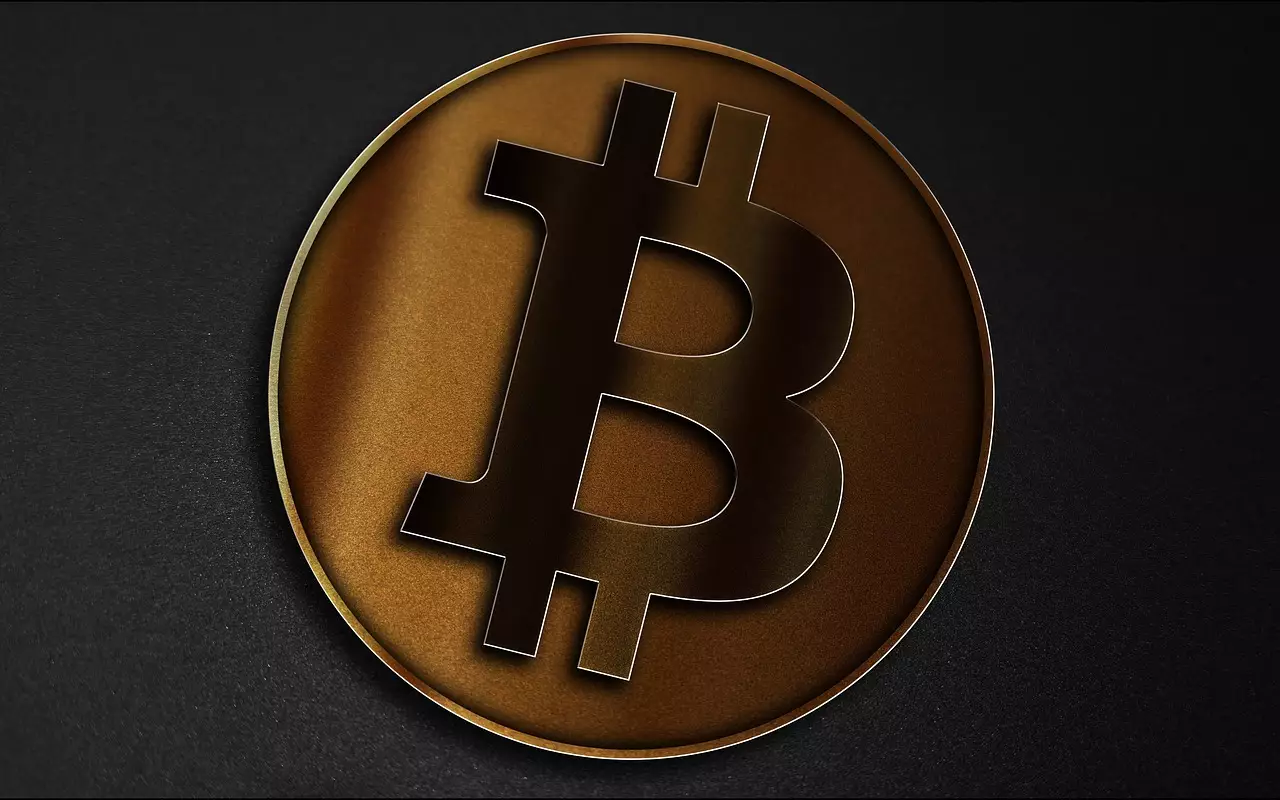In recent days, Bitcoin has demonstrated a remarkable resurgence, signaling a decisive shift in investor sentiment. This isn’t just another fleeting rally; it’s a testament to the growing institutional confidence that continues to elevate this digital asset to new heights. A notable influx of spot Bitcoin ETF investments has fueled the current upward momentum, propelling BTC close to its historic peak. The price has surged past $109,758 and touched $110,386 within a short span, inching towards the critical threshold of just above $111,000. These figures are not mere numbers—they represent a fundamental shift in market dynamics, where institutional participation is transforming Bitcoin from a speculative asset to a recognized store of value.
What strikes most is the conviction behind this rally, a conviction rooted in technical analysis that suggests the pattern of growth isn’t random but part of a broader, strategic trajectory. The analysis points toward a potential 52% increase from current levels, possibly reaching around $166,754 within the next three months. This projection isn’t based on wishful thinking but on Fibonacci extension levels, a long-standing tool used by traders to identify probable price targets after sustained moves. The alignment of historical Fibonacci milestones with Bitcoin’s recent price action underscores a pattern that many dismiss as mere coincidence but savvy analysts see as proof that the market is following a predictable, disciplined path.
The Significance of Fibonacci Projections in Bitcoin’s Cycle
Fibonacci extensions have historically been reliable markers of trend continuations for Bitcoin, and this cycle appears no different. Levels such as $30,362, $46,831, $71,591, and $109,236 have repeatedly proved to be pivotal turning points that have guided the asset’s trajectory. The current price sits comfortably above the 4.618 Fibonacci extension, hinting that the next crucial milestone is at the 5.618 level—projected at roughly $166,754. This isn’t a whimsical forecast but grounded in a model that has consistently tracked Bitcoin’s cyclical behavior over the past two years.
The recurring pattern here suggests that Bitcoin’s recent acceleration is part of a well-structured market cycle—delayed perhaps, but undeniably persistent. The fact that Bitcoin has managed to stay within the confines of this Fibonacci-based progression indicates a mature pattern. It’s a sign of resilience amidst volatility, a sign that the market’s foundation remains solid despite external noise and short-term volatility.
However, acknowledging this potential run isn’t without caveats. The timeline to reach these levels, particularly the $166,000 target, has shifted multiple times. Initially expected sooner, the extended duration reflects the prolonged nature of this cycle, tracing back to late 2022 when Bitcoin bottomed out around $15,000. This almost three-year saga has tested the patience of investors and analysts alike but also reinforces the narrative that Bitcoin’s cycles are inherently longer and more complex than simplistic models suggest.
Is the Path to $166,000 and Beyond Inevitable?
If history and current technical formations hold, Bitcoin’s rally could propel it toward the $166,000 mark by September. This timeline, while plausible, is speculative—an acknowledgment that the market remains unpredictable despite clear signals. Should this level be achieved, the next logical extension would be the 6.618 Fibonacci level at approximately $254,162. This projection isn’t guaranteed, but if the pattern continues to follow historic norms, it’s an eventuality that cannot be ignored.
At the heart of this debate is a broader question: are these bullish signals indicative of a sustainable uptrend, or are they another bubble waiting to burst? From a center-right perspective, one could argue that Bitcoin’s current trajectory reflects a maturation process fueled by institutional interest and macroeconomic factors. The encroachment of traditional financial players into the crypto space signifies legitimacy and stability—elements often lacking in speculative markets. Still, skeptics will insist this rally is a product of hype and a market driven by emotional exuberance rather than fundamentals.
Yet, if we accept the technical evidence and the pattern of cyclical behavior, the bullish case becomes harder to dismiss. It suggests that Bitcoin, if it can sustain this momentum, might finally break free from its previous cycles’ constraints, affirming its narrative as a legitimate, long-term investment rather than a mere speculative asset. For believers, this is a pivotal moment—a test of patience and conviction in a market that is increasingly aligned with institutional acceptance. For critics, it’s a reminder that markets can be irrational for longer than anyone expects, demanding vigilance and skepticism even amid bullish surges.
















Leave a Reply